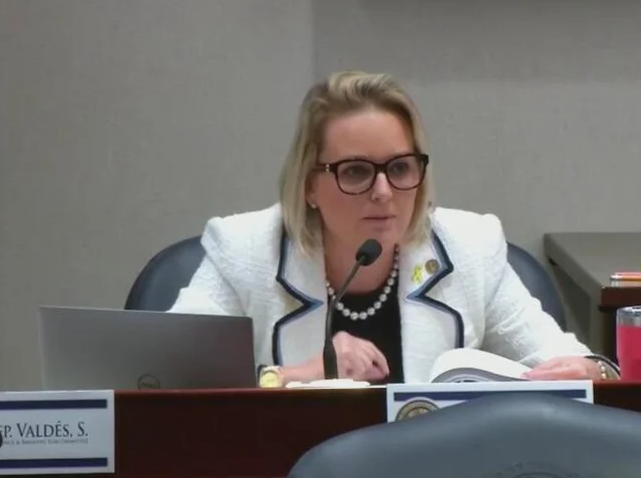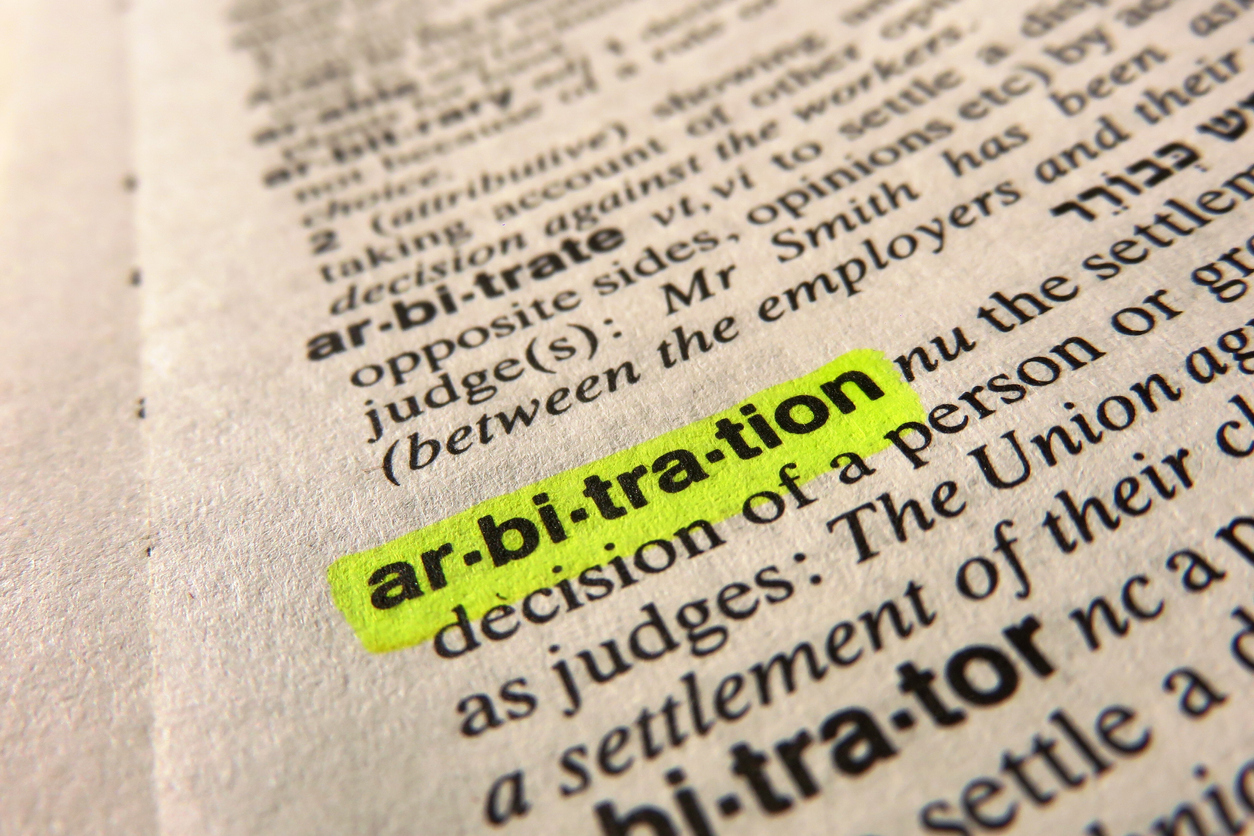Last week we started a discussion on Florida’s Valued Policy Law.1 Florida’s Valued Policy Law has many intricacies; too many to discuss in a single post. We will be looking at a few of the statute’s interesting parts in the next few weeks. Hopefully these discussions will cover areas of the law that you may deal with regularly, as well as parts of it that are a little more unusual, while providing useful insight to you in both scenarios.
Since the main purpose of the statute is to fix the amount of damages in a total loss, let’s look at what the law considers to be a “total loss.” Recall from our discussion last week that the provisions of Florida’s current Valued Policy Law referring to total losses can be from any type of loss that is a covered peril. The provision of the Valued Policy Law concerning partial losses still only applies to fire or lightning claims.
Florida’s Valued Policy does not define “total loss.” Court opinions interpreting the law provide some guidance. The Florida Supreme Court has adopted the “identity test” to determine whether a structure is a “total loss.” According to the identity test, a structure is a total loss if the damage to it is so significant that it has lost its identity and character as a building, even though a portion of it remains and could be used for some useful purpose.2
Obviously, if a structure has been reduced to a pile of rubble, it is easy to demonstrate the “total loss” example. As the identity test reveals though, it can require analysis by a trier of fact hearing a case to determine if it meets the criteria even if a portion of the structure is still standing and could be used for some purpose.
What about other situations where a building is condemned, or ordered to be demolished, even if it is still standing after a loss?
When a structure is damaged by a covered peril (and is not a “total loss”), and an ordinance or law prevents its repair or reconstruction, it may be deemed a “constructive total loss.” Florida’s Valued Policy Law applies to these situations where a property is considered a “constructive total loss.” For example, if a fire damages a property and building department officials inspect the property and determine that it is un-repairable and dangerous because of safety concerns, and is condemned, this is a situation that will implicate Florida’s Valued Policy Law. The policyholder could be entitled to the limit of the policy. If the ordinance or law merely makes it more expensive to repair/rebuild the property, then it would not be a situation that would trigger Florida’s Valued Policy Law.
Florida’s Valued Policy Law contains many important provisions for policyholders and insurers, and the limit of the policy is the measure of the damages to be paid to the policyholder once the property is determined to be a “total loss” or a “constructive total loss.” If you have any questions about your loss and the applicability of Florida’s Valued Policy Law, do not hesitate to consult with experienced insurance professionals.
1 F.S. § 627.702(1).
2 Lafayette Fire Ins. Co. v. Camnitz, 149 So. 653 (Fla. 1933).



